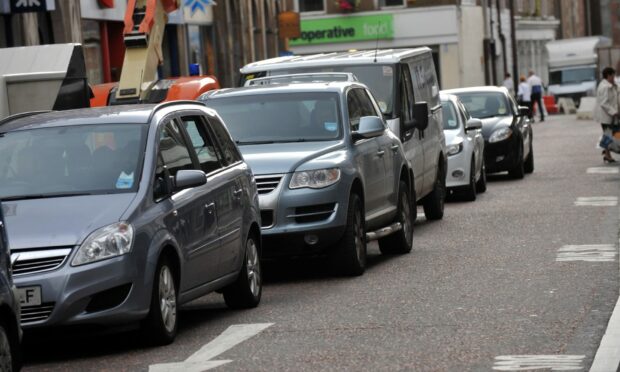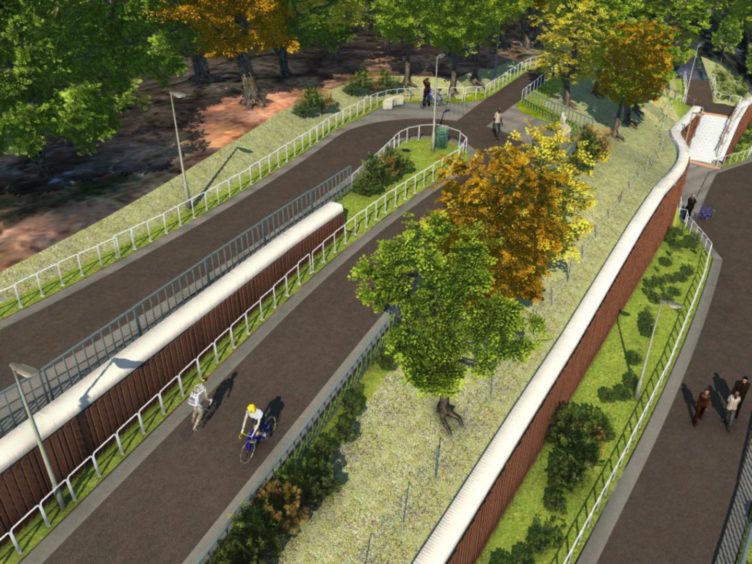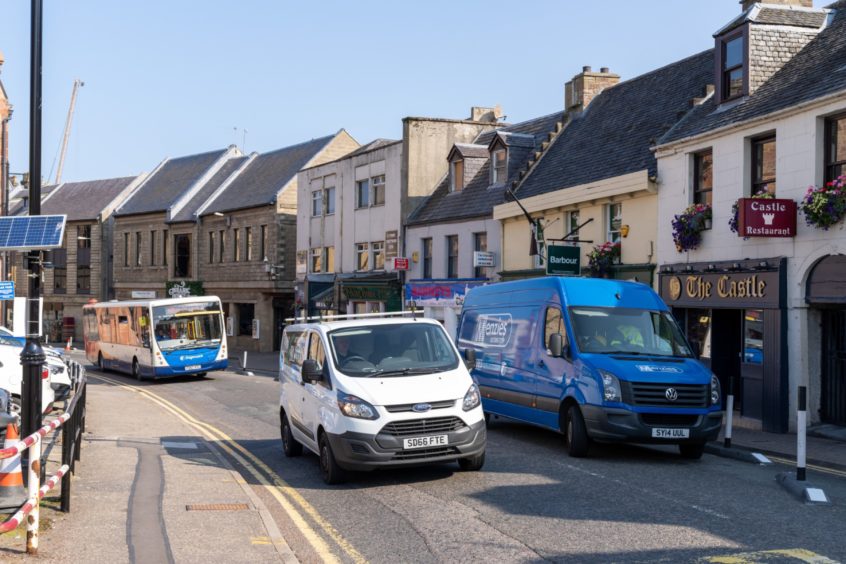Two main Inverness city centre streets have been identified as Highland Council’s top priority for an active travel project.
Queensgate and Union Street, along with nearby Post Office Avenue, scored the highest in a report aimed at identifying where action was needed.
Ormlie Road in Thurso, Drummond Road and King Street in Inverness, Dingwall High Street between Tulloch Street and Newton Road and The Brae in Nairn rounded out the top five.
The council’s economy and infrastructure committee will discuss the active travel report at a meeting on Thursday.
How were the routes decided?
There are a number of other routes that scored a little lower, placing them in the second tier of priority.
Among those 22 routes is introducing a one-way system at Castle Street in Inverness, a move which proved highly controversial during the pandemic.
The measures there were eventually scrapped by Highland councillors after a local backlash and stormy Inverness city committee meeting.
Some of the new measures are likely to attract that same ire. But active travel projects will be talked about for a long time to come.
That’s because the Scottish Government has committed 10% of its annual transport budget – expected to be around £320 million a year – by 2024-25.
It has also committed to reducing car miles by 20% by 2030.
In the council’s report, it explains how the priority areas were decided.
The report reads: “The methods involved applying weighted scores to a range of factors to identify what routes will deliver the greatest impact.
“This is based on:
- potential volume of users
- anticipated level of modal shift
- deprivation
- health benefits
- enhancement of the existing network
- benefits and costs
“It is essential that Highland Council has a clear, consistent and evidence-led methodology to prioritise the delivery of its active travel network.”
Modal shift is changing from one form of transport to another.
For example, the likelihood of someone going from driving a car to walking instead.
What happens next?
The routes were identified by Arup, a professional services firm commissioned by Highland Council and Hitrans to create an active travel network for the area.
Back in 2021, a major row broke out between councillors over the one-way system on Castle Street.
Traders on the street said it was harming business.
But council officers warned that the local authority would suffer “reputational damage” and lose out on millions of pounds in investments if it scrapped the measures.
Councillors ultimately voted to reinstate two-way traffic on Castle Street, with some calling the scheme “ill thought out” and “unsafe”.
Councillors will be asked to agree to progress plans for the priority routes on Thursday.
Each route will be examined in more detail at a later date.
The full list of priority routes is available under item 13 here.
Are you interested in all the latest news and updates from Inverness? If so, why not join our new Facebook group here.



Conversation